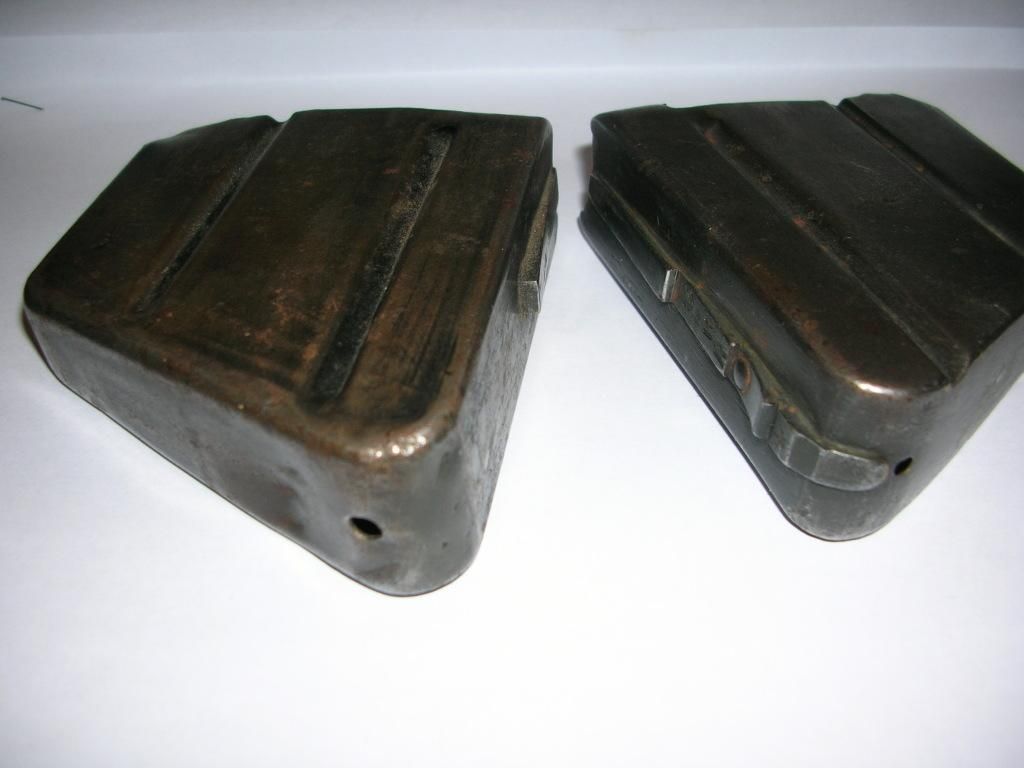- SMLE No. 4 Mk. 1, 1/2, Mk. 1/T, Mk. 2, and perhaps other variations use the same bolt head pattern. Mk. 1* uses a different pattern bolt head. While the Mk. 1 bolt had cannot be used on Mk. 1*s, can Mk. 1* bolt heads be used on Mk. 1s?
- Can No. 4s accept No. 3 magazines? If they cannot, please explain why not.
- While No. 4 magazines are detachable, the Mk. 2s from Long Branch (Canada) made in December 1954 I owned had sear/trigger springs that were so strong that magazine removal nearly required both hands and a tool. In World War II were No. 4 magazines routinely swapped out during firefights, or were magazines filled by way of 303 stripper clips - as were M1903s and M98Ks?
- What was the British army's expectation of the length of service life for No. 4 Magazine boxes? . . . for magazine follower springs?

|
   
   
|
|






 Reply With Quote
Reply With Quote







 W.R.Buchanan
W.R.Buchanan














